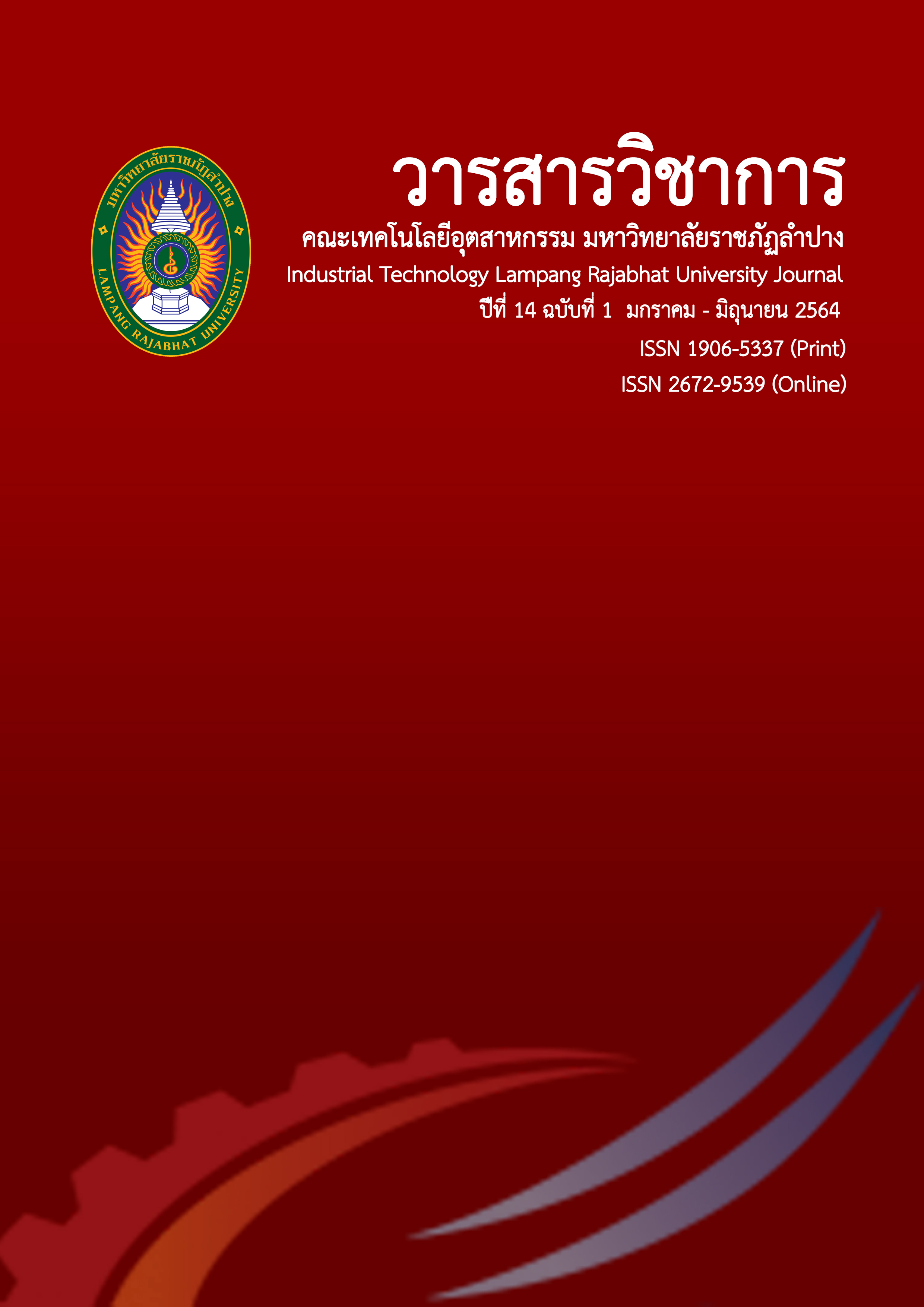Spatial Interpolation for Analysis on the Diffusion of Dust Particles in the Phuket Municipality, Phuket Province
Keywords:
Spatial Interpolation, Dust, Phuket MunicipalityAbstract
This research aims to select the appropriate spatial interpolation to generate an amount of dust particles map model. Applies a geographic information system to analyze the average value of dust particles size TSP PM10 and PM2.5 from dust sampling area such as Suriyadet Circle, Nimit Circle, Surin Circle, Chaloem Phra Kiat Public Park and Saphan Hin Public Park. The period of data collection is from December 2020 to January 2021. and runs a performance test in the prediction of various spatial interpolation methods such as RBE, Kriging, LPI and IDW. The result of suitable spatial interpolation methods selection for generating dust particles map models from the predictive performance test of four spatial interpolation methods shows that IDW has the lowest RMSE value, followed by Kriging, LPI and RBF, respectively. The researcher then selects the IDW method for the spatial interpolation and generate dust particles map models in the Phuket Municipality, Phuket Province because there is the least difference between the estimated value and the actual measurement which can be analyzed for finding air pollution monitoring areas. Also, this result is beneficial to the agency who plans to lay out guidelines for solving problems that may arise from air pollution further.
References
Chu-In,S. (2016). Air Pollution. Bangkok: Chulalongkorn University Press. (in Thai)
Goutham Priya, M. Jayalakshmi, S. and Samundeeswari, R. (2018). A Study on Comparison of Interpolation Techniques for Air Pollution Modelling. International Journal of Science Research. 17(2): 58-63, 2018.
Intarat, T. (2011). Geoinformatics Application on Air Quality Assessment: A Case Study in Chon Buri Province. Burapha Science Journal. 16 (2554) 1, 32-40. (in Thai)
Jirakajohnkul, S. (2017). Learn Geospatial Systems with ArcGIS Desktop 10.5. For Desktop Program. Bangkok: A.P. GRAPHIC DESIGN AND PRINT COMPANY LIMITED. (in Thai)
Mitmark, B. and Jinsart, W. (2017). A GIS Model for PM10 Exposure from Biomass Burning in the North of Thailand. Applied Environmental Research. 39(2) (2017): 77-87. (in Thai)
Pharasit, M. and Chaiyakarm, T. (2020). Geoinformatics Application on Air Quality Assessment: A Case Study in Bangkok. Thai Science and Technology Journal, 28(5), 743 – 758. (in Thai)
Phuket Provincial Office. (2019). Phuket 5-Year Development Plan (2018-2022) (Yearly Review) Retrieved October 23, 2020, from https://www.phuket.go.th/webpk/contents.php?str=plan. (in Thai)
Pollution Control Department. (2021). Air quality in Talat Yai Subdistrict, Muang District, Phuket Province in 2021. Retrieved February 15, 2021, from http://air4thai.pcd.go.th/webV2/download.php. (in Thai)
Punin, W. (2018). A study on the efficiency of dust removal using a wet air scrubber treatment system on a local community rice mill, Industrial Technology Lampang Rajabhat University Journal, 11(1), 48-73. (in Thai)
Sajjadi, S.A., Zolfaghari, G., Adab, H., Allahabadi, A and Delsouz, M. (2017). Measurement and modeling of particulate matter concentrations: Applying spatial analysis and regression techniques to assess air quality. MethodsX. 4(2017), 372-390
Srinarang, T. and Ket-ord, R. (2020). Estimating the Particulate Matters (PM10) with Spatial Interpolation Methods in the Northern of Thailand. The Journal of Spatial Innovation Development, 1(2), 35-47. (in Thai)
Suwanathada, P. (2017). Importance of flow rate to atmospheric dust measurements. Academic Conference in 2017 Flow Metrology Day “We go together”, National Institute of Metrology (Thailand) Pathum Thani Province. (in Thai)
Tisch Environmental. (2019). EPA Documents. Retrieved September 10, 2020, from https://tisch-env.com/resources/epa-documents.
Vorapracha, P., Phonprasert, P., Khanaruksombat, S. and Pijarn, N. (2015). A Comparison of Spatial Interpolation Methods for predicting concentrations of Particle Pollution (PM10). International Journal of Chemical, Environmental & Biological Sciences (IJCEBS), 3(4) (2015), 302-306.
Downloads
Published
Issue
Section
License
Copyright (c) 2021 Industry Technology Lampang Rajabhat University

This work is licensed under a Creative Commons Attribution-NonCommercial-NoDerivatives 4.0 International License.






